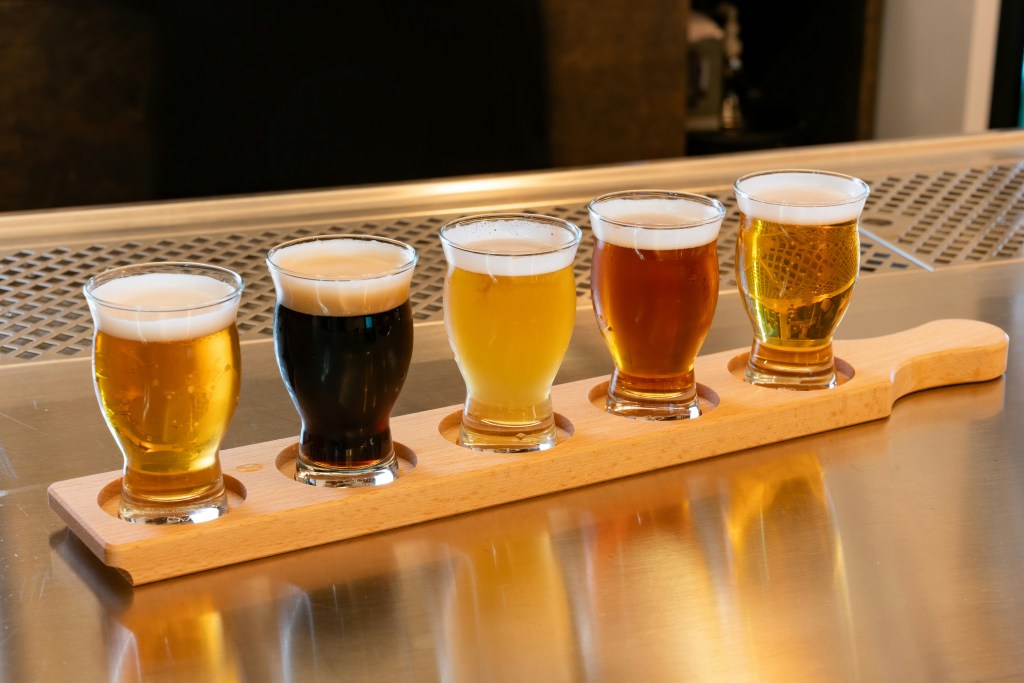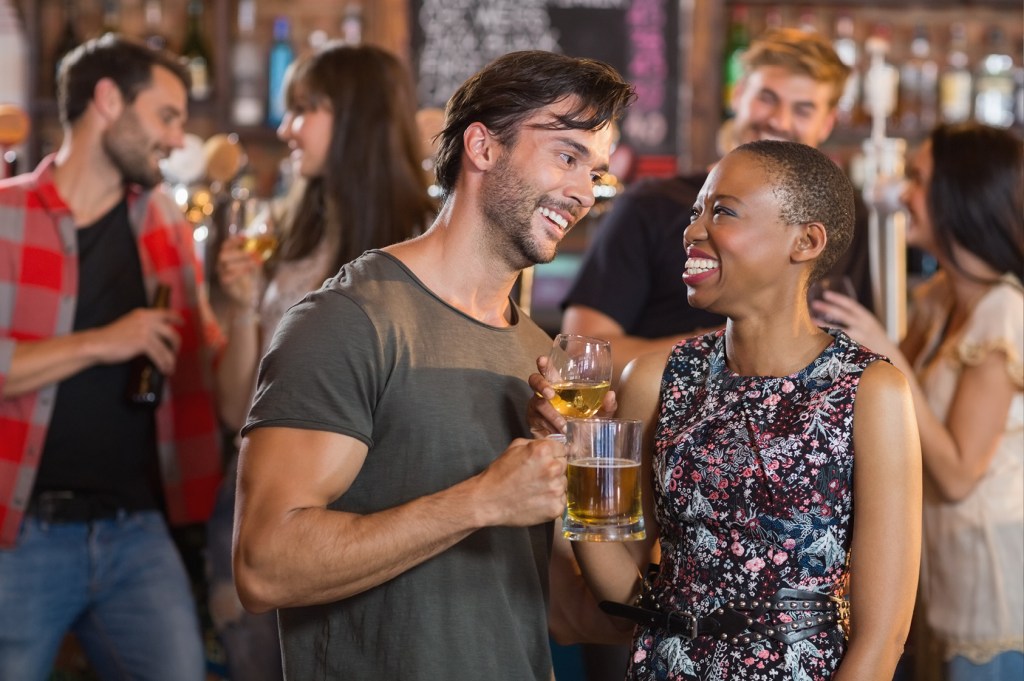While St. Patrick’s Day is known for an array of things ranging from four-leaf clovers to leprechauns and all things green, it’s also a holiday that’s most frequently associated with alcohol consumption among the 21+ crowd in the U.S. And when we look at the data, we see that St. Patrick’s Day is the equivalent of a pot of gold at the end of the rainbow for U.S. bars and restaurants.
According to a recent NielsenIQ analysis, St. Patrick’s Day is the highest grossing day of the year for U.S. bars and restaurants. In 2018, compared with the average day, beer sales grew 174% on St. Patrick’s Day, and spirits sales rose 153%. In fact, one-third of 15,000 U.S. consumers surveyed through NielsenIQ’s on-premise user survey (OPUS) said they visit a bar/restaurant on St. Patrick’s Day, marking this a major bar/restaurant holiday, coming in just behind New Year’s Eve, Super Bowl, and Valentine’s Day.
While the popularity of St. Patrick’s Day may not come as a surprise, NielsenIQ has uncovered new insights that bring to light a hotbed of opportunities for U.S. bars and restaurants.
Beer and beyond: Beverages of choice on St. Patrick’s Day
During St. Patrick’s Day last year, beer sales increased by 20% from the previous weekend. Pubs and bars saw uplifts of 57% compared with dining locations, which saw an uplift of just 7%. Unsurprisingly, national stout sales rose significantly: up 141% versus the previous weekend. In Chicago, stouts saw an uplift of 688%, and in Boston, a historically Irish American city, stout sales jumped 355% from the previous week.
Chicago and Boston see the biggest sales for beer on St. Patrick’s Day
In looking across the country, Chicago was a major beer sales winner on St. Patrick’s Day in 2018. On-premise establishments in Chicago (inclusive of everything from small neighborhood bars, Irish pubs, restaurants, and nightclubs) made, on average, $8,287 on beer sales alone—when it comes to one-day earnings, that’s 221% higher than the previous Saturday. How did other cities fair?
Irish whiskey sales continue to grow
But beer isn’t the only sales driver on St Patrick’s Day. We continue to see growth opportunities in Irish Whiskey. In fact, it’s the fastest-growing whiskey type across U.S. bars and restaurants, generating almost $2.1 billion in sales over the last 52 weeks, representing an annual increase of 5.9%. In 2018, March was the strongest month for Irish Whiskey, driving sales of $190 million, up 6% from the previous year and up 22% from the previous four-week period.
Brunch has emerged as a growth opportunity on St. Patrick’s Day
St. Patrick’s Day is also a day where drinking can (and often does) occur throughout the day. When we look at the different times of the day, brunch (9 a.m.-11 a.m.) showed the strongest growth for beer vs the previous weekend, particularly on St. Patrick’s Day itself, when brunch beer sales surged 1,465%.
Despite the growing prowess of brunch, Happy Hour still proves the most valuable day part for beer during St. Patrick’s Day weekend. Although consumers visit bars and restaurants earlier on St Patrick’s Day, the mid-afternoon day part (3 p.m.-5 p.m.) drove an increase of 122% in sales and a 12% increase from the previous Saturday, which highlights that consumers still wait for this part of the day to take advantage of the deals offered.
This latest analysis of 2018’s St. Patrick’s Day performance shows that it isn’t just beer that wins; establishments can win with consumers with other categories, too. For many, the key is to activate at the right time of day, with the right type of offering. In a time when experience is key, many consumers look to calendar moments, such as St. Patrick’s Day, to visit a bar or restaurant. Having a well-stocked event calendar (and bar) can be a great driver of traffic into bars and restaurants. And despite being on a Sunday this year, the industry has every right to be optimistic that St. Patrick’s Day celebrations will stretch across the whole weekend.




